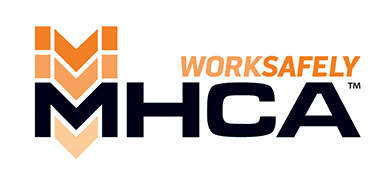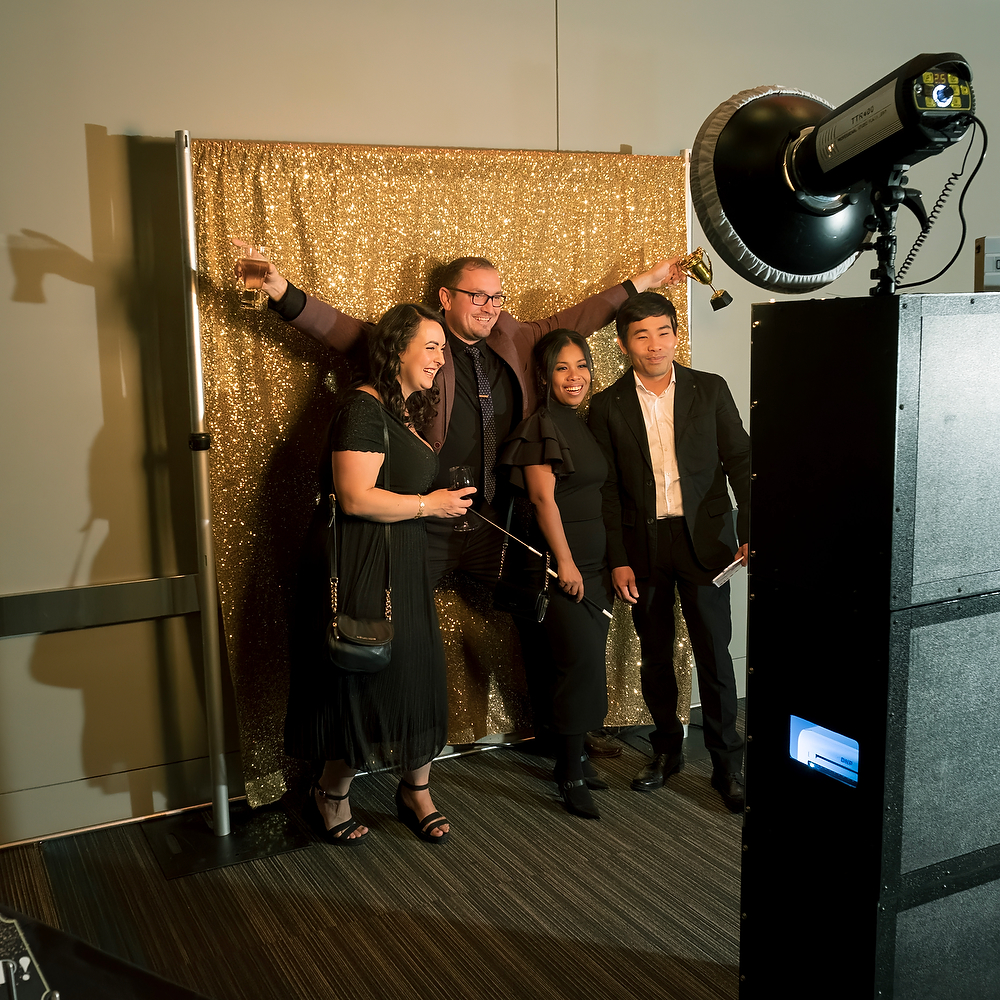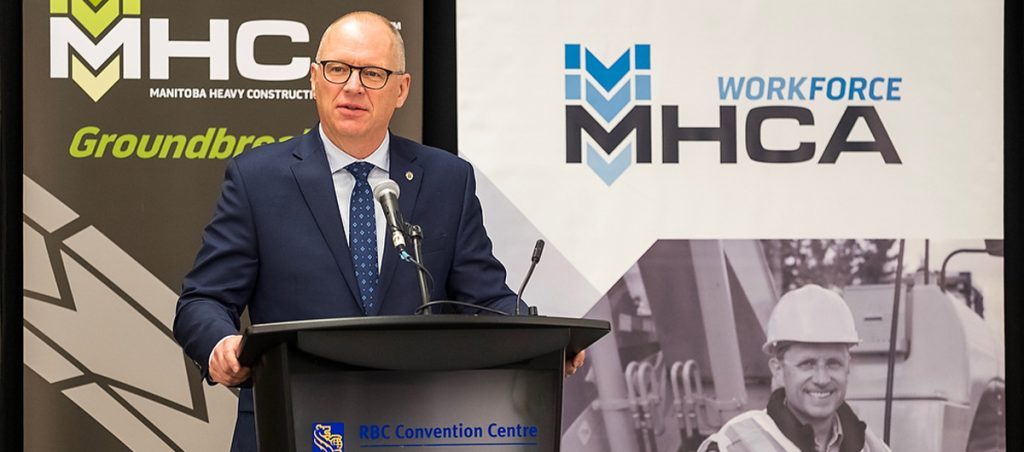Ministers Briefed on Introduction to Heavy Construction Program
Students in the Seven Oaks School Division have greater opportunity to pursue an avenue to work careers, post-graduation, with a new Introduction to Heavy Construction Program to start in September, the industry explained to provincial ministers this week.
Minister Ralph Eichler, Economic Development & Jobs, and Minister Wayne Ewasko, Advanced education, Skills & Immigration, joined by Deputy EDJ Minister Tracey Maconachie, were briefed by a delegation on June 7 on the new Introduction to Heavy Construction Program, in the Seven Oaks School Division.
Brian O’Leary, Seven Oaks School Division Superintendent, Carol Paul, Executive Director of the Manitoba Construction Sector Council (MCSC), and Chris Lorenc, MHCA President, introduced the new Cooperative Vocational MHCA Introduction to Heavy Construction Program, an outcome of a partnership between the School Division, the MCSC and the MHCA.
This 10-month program will introduce youth to careers in heavy construction and will include an introduction to heavy equipment operation with simulator training, mechanical repair and welding of heavy equipment, blasting and drilling with simulators, safety training and surveying. Industry experts will be invited to share their experience and respond to student’s inquiries.
The Seven Oaks School Division’s cooperative vocational programs boast an 85% success rate because the model balances learning with an extended work practicum. Upon completion, students receive eight credits in the Mature Student Status High School Diploma.
“Grade 12 is the new grade 10,” said O’Leary, noting students require a high school diploma to succeed in the workplace.
“There are so many opportunities in heavy construction as a result of the aging workforce and increased retirements. The career possibilities are endless,” explained Paul. “Students cannot do what they cannot see and heavy construction has never been introduced in high school. This is long overdue.”
The pandemic has only heightened the demand for innovative learning opportunities. Across the country, students’ education has been severely disrupted due to COVID-19 and some are struggling. The Introduction to Heavy Construction program is a way to get these students back on track.
The program uses virtual reality and simulator technology as a teaching strategy and connects students directly to the heavy construction employers and the workplace. Students are engaged in class and are able to apply new learning to practice in the workplace.
MHCA piloted a 10-week, 30-hour Introduction to Heavy Construction course with 12 young women in the River East Transcona School Division at the beginning of 2021.
The Seven Oaks School Division partnership is taking heavy construction a step further to attract more youth to the industry.
“The partnership with the school divisions and the MCSC is an important investment in promoting interest in and offering career opportunities for students before they complete Grade 12,” said Lorenc.
BACKGROUND
Heavy construction introduces students to the many career paths in the heavy construction industry.
It will provide technical training through in-class theory and work experience so students can learn by doing and through on-the-job training with a focus on safety within the industry. Students will be placed at a variety of companies that specialize in heavy construction.
Requirements:
- Interest in pursuing a career in heavy construction
- Completion of Grade 11 core courses
- Completion of a CVE application form
- Presentation of a certified transcript of marks, cover letter, reference letter, resume and fee if applicable
- Participation in an orientation
Individuals who have completed Grade 12 or are an adult learner or reside outside the division are encouraged to submit an application.
The 34-week course is a combination of in-class theory and on-the-job training. Students start with essential safety training as well as basic heavy construction fundamentals and will then transition to a work placement in the industry four days a week and will spend one day per week in the classroom.
Students will be exposed to equipment operation as well as surveying and heavy-duty mechanics, watching and taking part in intricate repairs as well as being exposed to different career paths.
Learning Includes:
- Soft skills in the work placement
- Introduction to the heavy construction industry
- Introduction to heavy equipment operation with simulator training
- Introduction to mechanical repair and welding of heavy equipment
- Drilling and blasting
- Surveying
Upon course completion, students earn up to 8 high school credits and work-experience hours that may be a valuable asset when seeking employment in the heavy construction industry.








